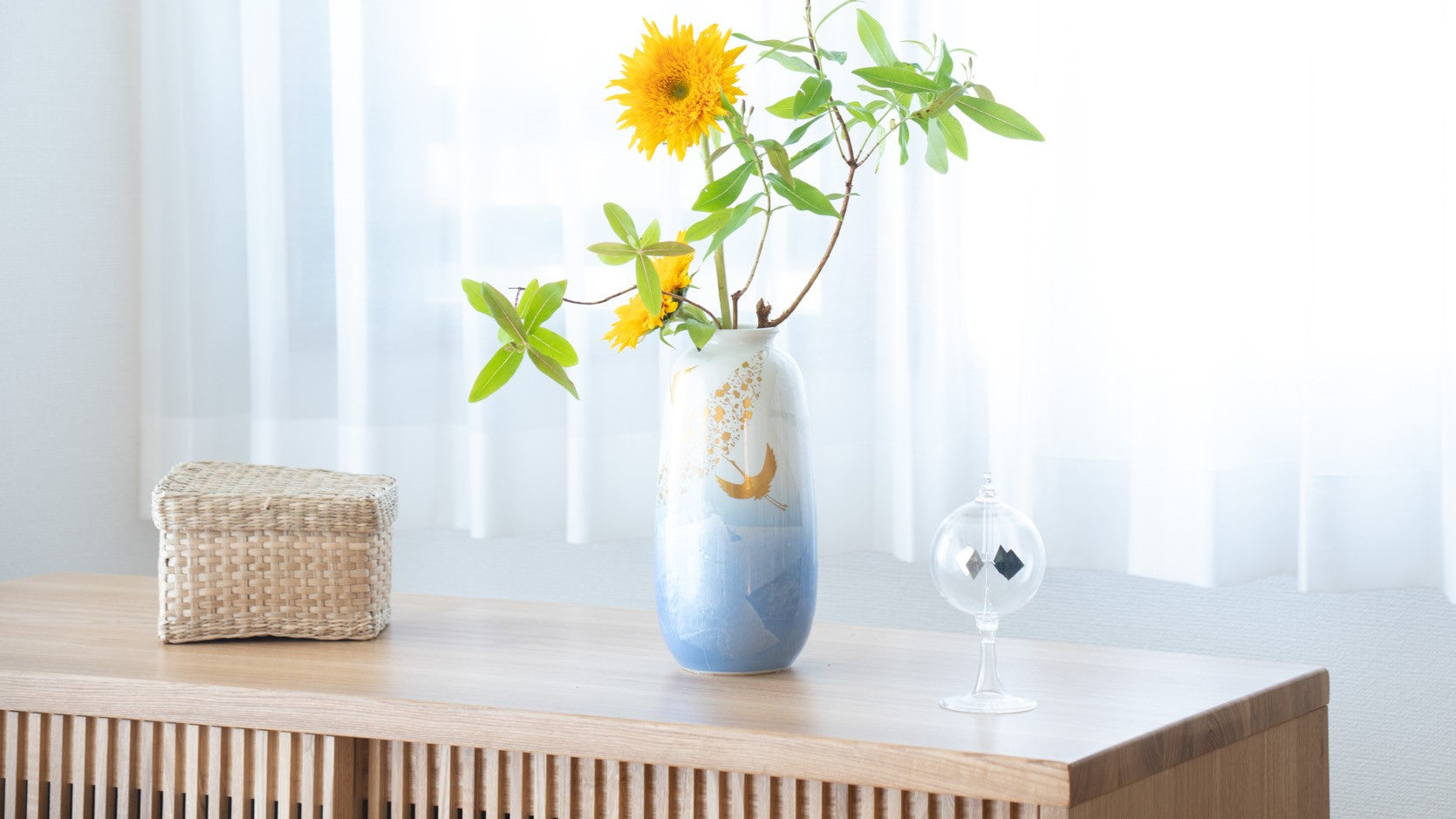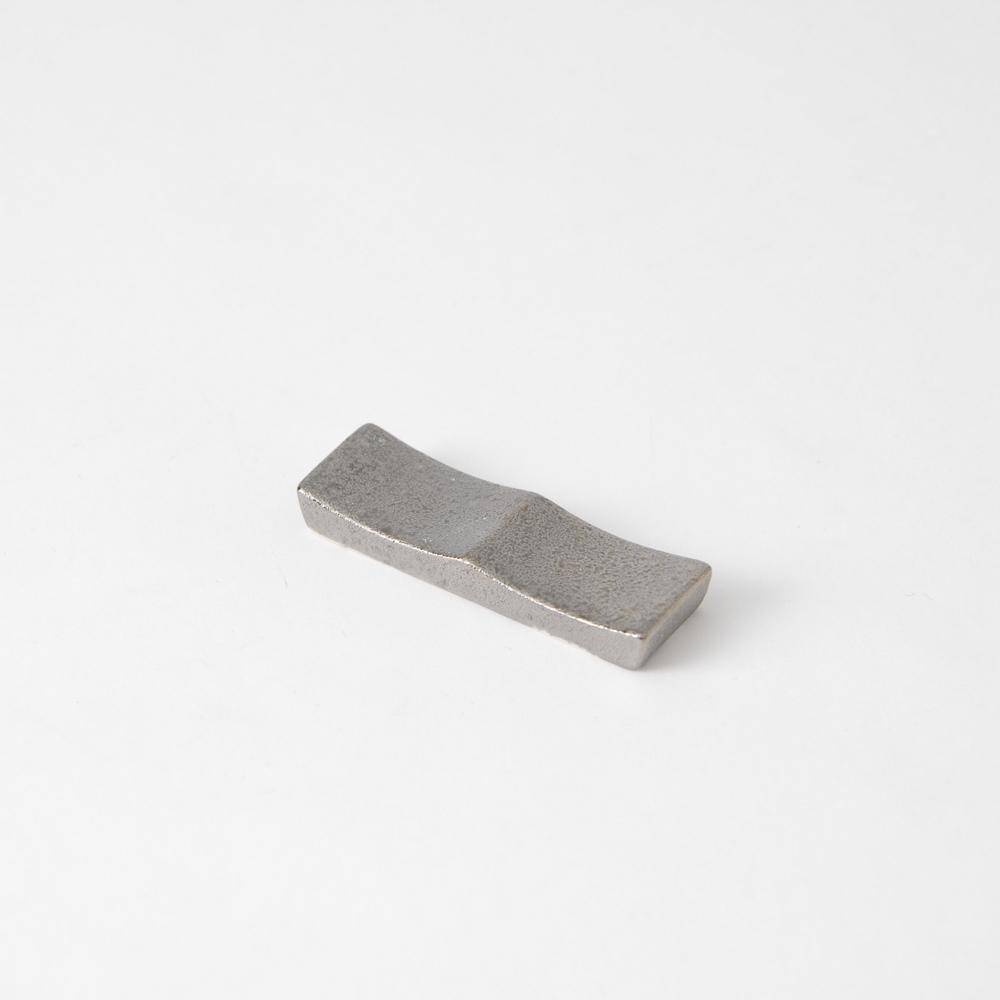
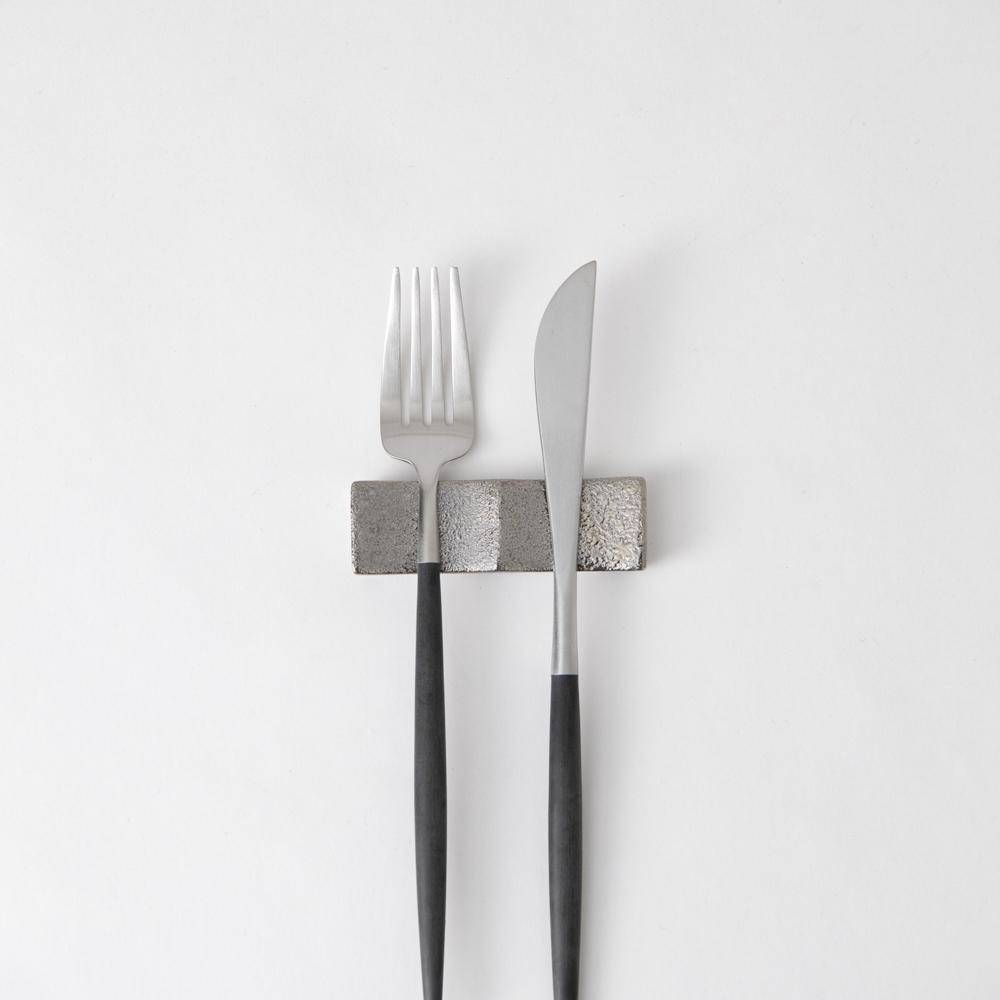
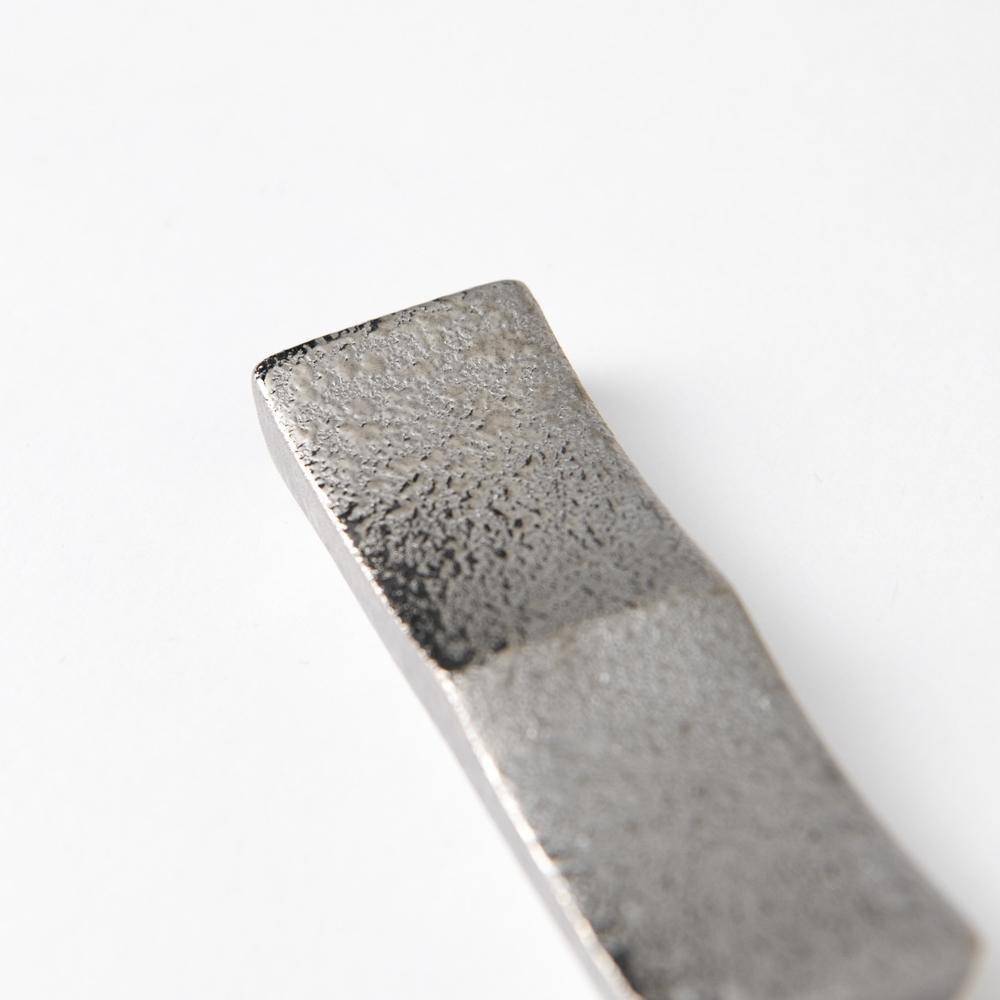
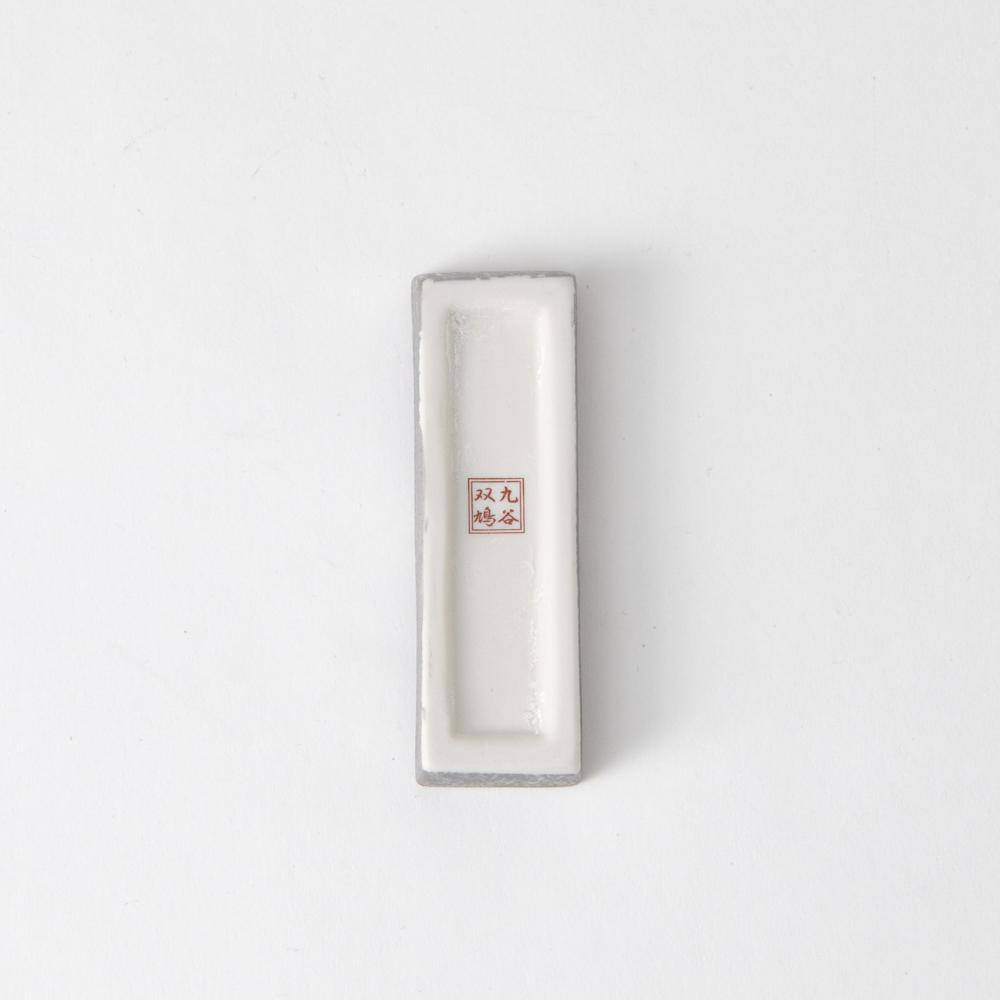
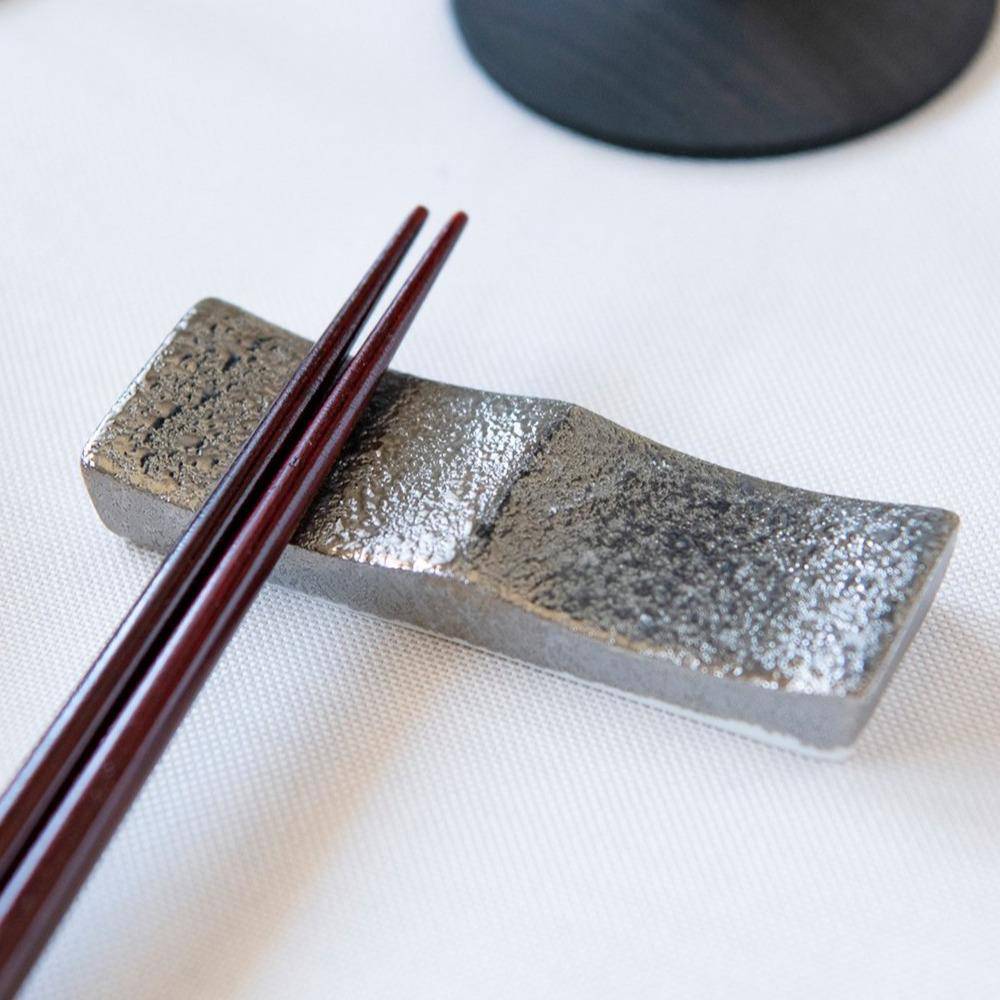
Ginsai Chopstick Rest
Estimated Shipping Widget will be displayed here!
This elegant chopstick rest is adorned with delicate silver leaf, adding a touch of luxury to your table setting.
It is crafted using the ginsai technique, in which a transparent glaze is applied over silver leaf before firing. This method ensures that the silver leaf remains intact and does not rust over time. The result is a soft, restrained tone that exudes an elegant atmosphere.
The textured surface helps keep chopsticks stable, ensuring ease of use. Designed with two resting sections, it provides space for a pair of utensils, such as chopsticks and a spoon or fork, making it a practical choice for any dining occasion.
With its simple yet refined design, this chopstick rest serves as both a functional piece and a stylish accent for your table.
DETAILS
| Quantity | 1 |
| Size | L 8.5 cm (3.3 in) x W 2.7 cm (1.1 in) |
| Material | Porcelain |
| Microwave | No |
| Dishwasher | No |
Maker / Brand
Founded in 2017, Soukyu Kiln is a new Kutani ware kiln located in Nomi, Ishikawa Prefecture. The studio is operated by Sakurai Chie, a ceramic artist, and her husband.
They are particularly keen on the Kutani gosai, the five colors of Kutani ware: red, blue, yellow, navy blue, and purple. The charm of their work is the careful decoration, using their own unique blend of paints and repeatedly putting them in the kiln until the colors are satisfactory. The vivid, transparent and glossy paint is very beautiful and full of the warmth of handwork.
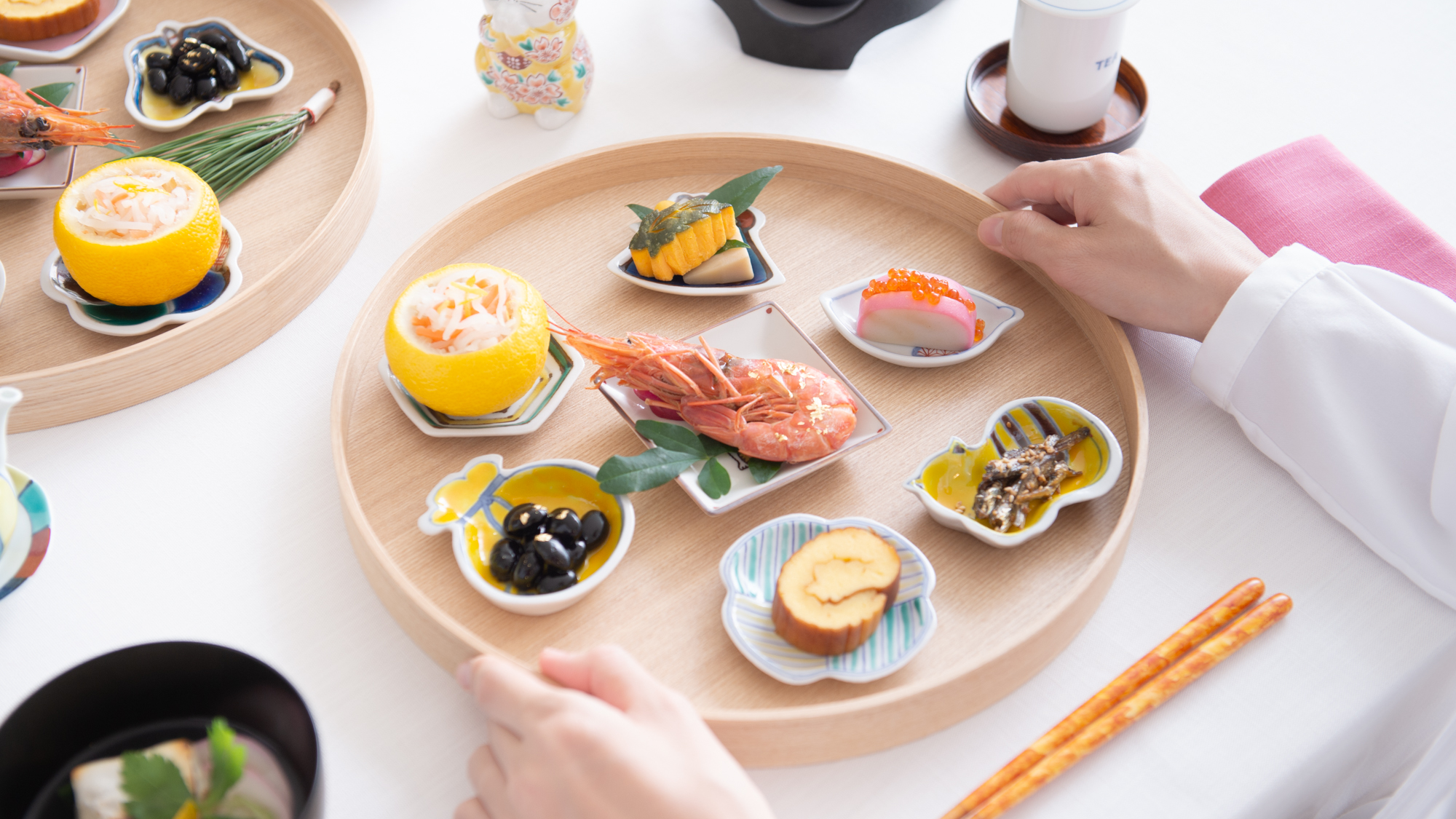
Crafts
Kutani ware is a pottery produced in the Kaga region of Ishikawa Prefecture, with a history spanning over 350 years. It is characterized by the heavy brilliance of the five colors of navy blue, red, purple, green, and yellow that are applied to the bold and daring lines. Its long history has evolved through the tireless efforts and enthusiasm of people who have sought innovation while maintaining tradition.
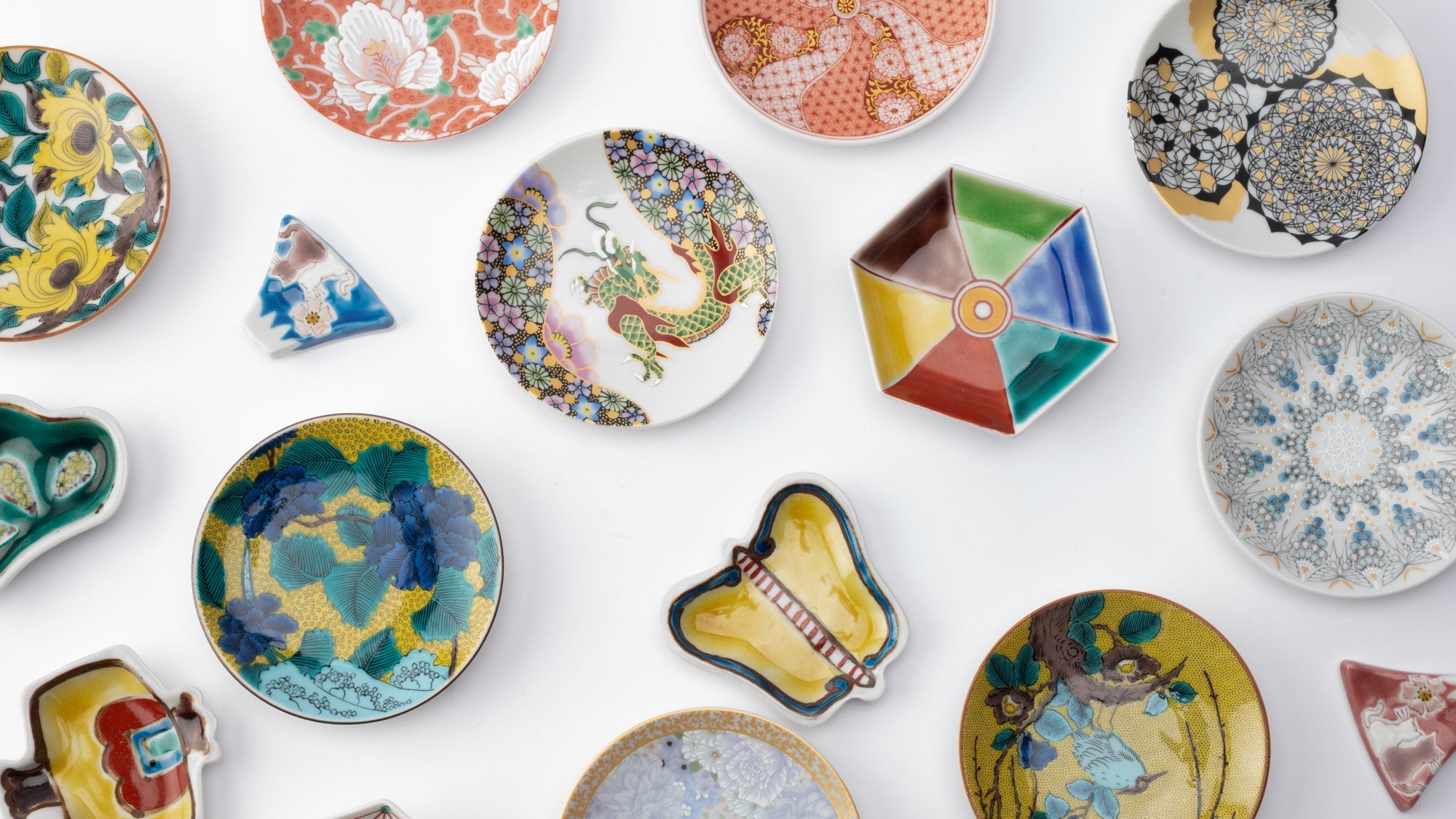
Choose options





Chopstick Rests
Chopstick rests are the perfect way to enhance your table with a touch of Japanese style. A mix of everyday pieces and a few suited for special occasions keeps your table ready for any moment. We’ve selected handmade chopstick rests from across Japan to make your dining experience even more enjoyable. From playful shapes in porcelain to sleek metal designs, these small accents add distinct charm to any setting.
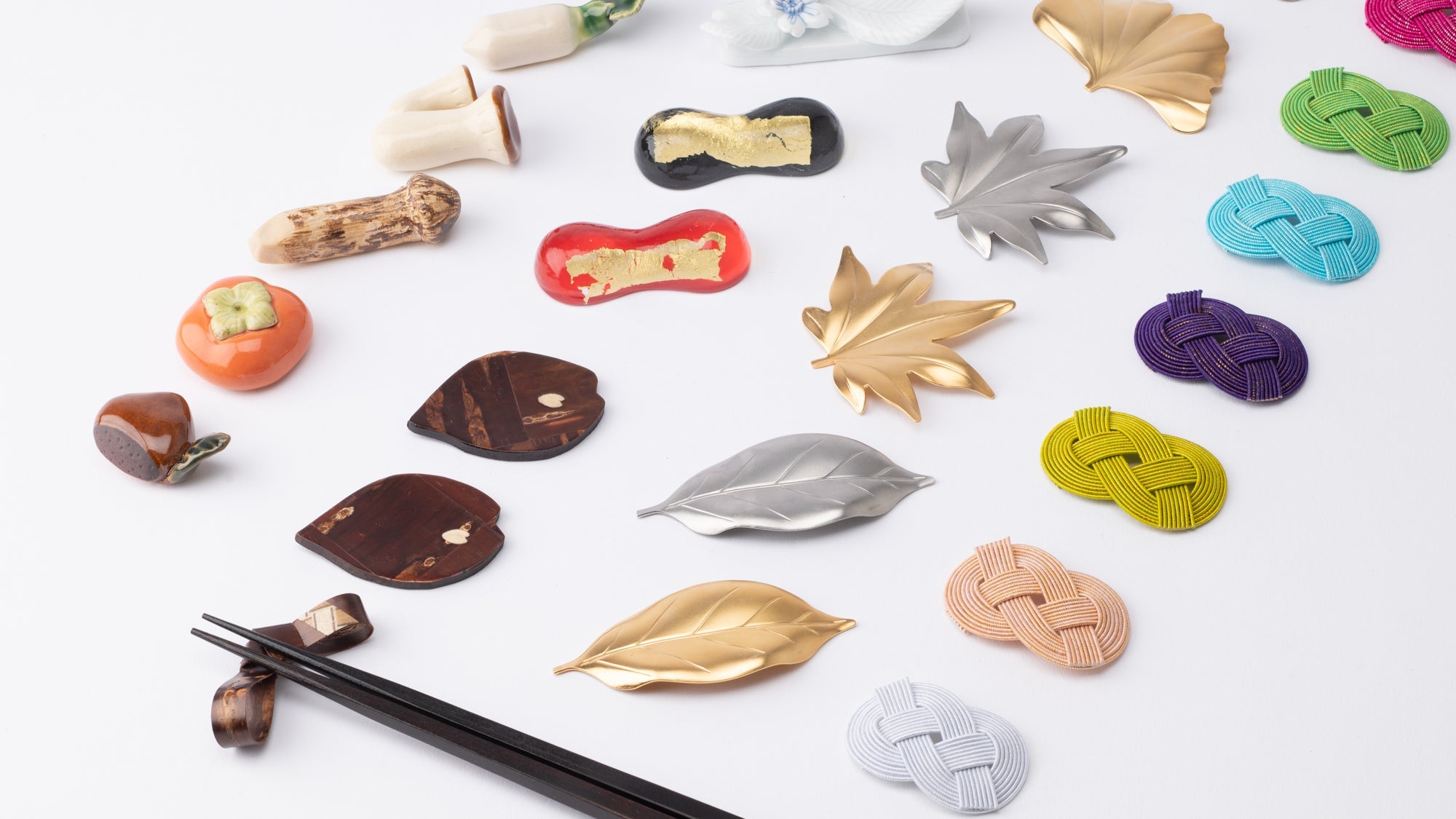
Ginsai
Ginsai refers to techniques used to apply silver leaf or silver paint to ceramics. Both terms also refer to the works produced by these techniques. Silver leaf or paint is applied over the ceramics’ glaze or overglaze decoration and then fired at a lower temperature than the overglaze itself.
Silver slowly oxidizes if left in contact with air, resulting in elegantly subdued tones. In contrast with gold’s dazzling presence, gleaming silver exhibits graceful beauty.
